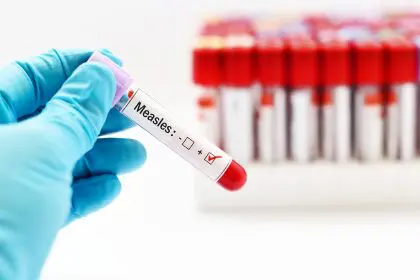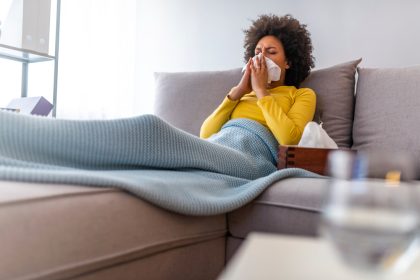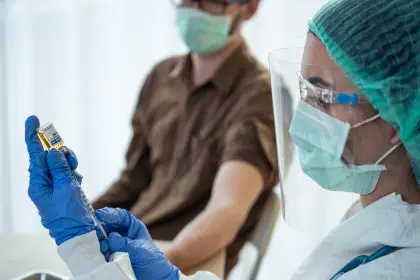– Your skin will be prepped with alcohol, then the vaccine will be administered via a needle. It may burn a little, but it’s a very quick shot.
– After getting the first shot, you will be given a vaccination card with the lot number of the vaccine. All recipients receive this card, which gets updated when they get their second dose of the vaccine.
– You will be monitored for 15 to 30 minutes in case of an allergic reaction before being allowed to leave.
– Depending on your city, you may be asked to get v-safe, an app that uses text messaging and web surveys to provide health check-ins after you receive the vaccine. The use of v-safe is optional. It alerts the U.S. Centers for Disease Control and Prevention of reported side effects. Depending on a user’s response, someone from the CDC may contact you.
– You will submit your first check-in to v-safe and you should be able to go back to your daily routine. Over the course of the next 48 hours, the only symptom you may experience will be slight soreness at the injection site, which is common. To reduce discomfort around the injection site, you can apply a clean, cool, wet washcloth over the area and you should use or exercise your arm.
– Watch for the alert from v-safe, and check in when prompted to take the second dose. For the Pfizer-BioNTech vaccine, the shots are spaced out over a period of three weeks. The Moderna vaccine recommends four weeks.
– After the second shot, some people may experience body aches, headaches and a low-grade fever. Commonly reported side effects of the vaccines are: pain, swelling at the injection site, chills, fatigue, fever and headache. To reduce injection site irritation, apply a cold compress to the area and continue moving the arm. Contact your health care provider if injection site pain continues after 24 hours.











